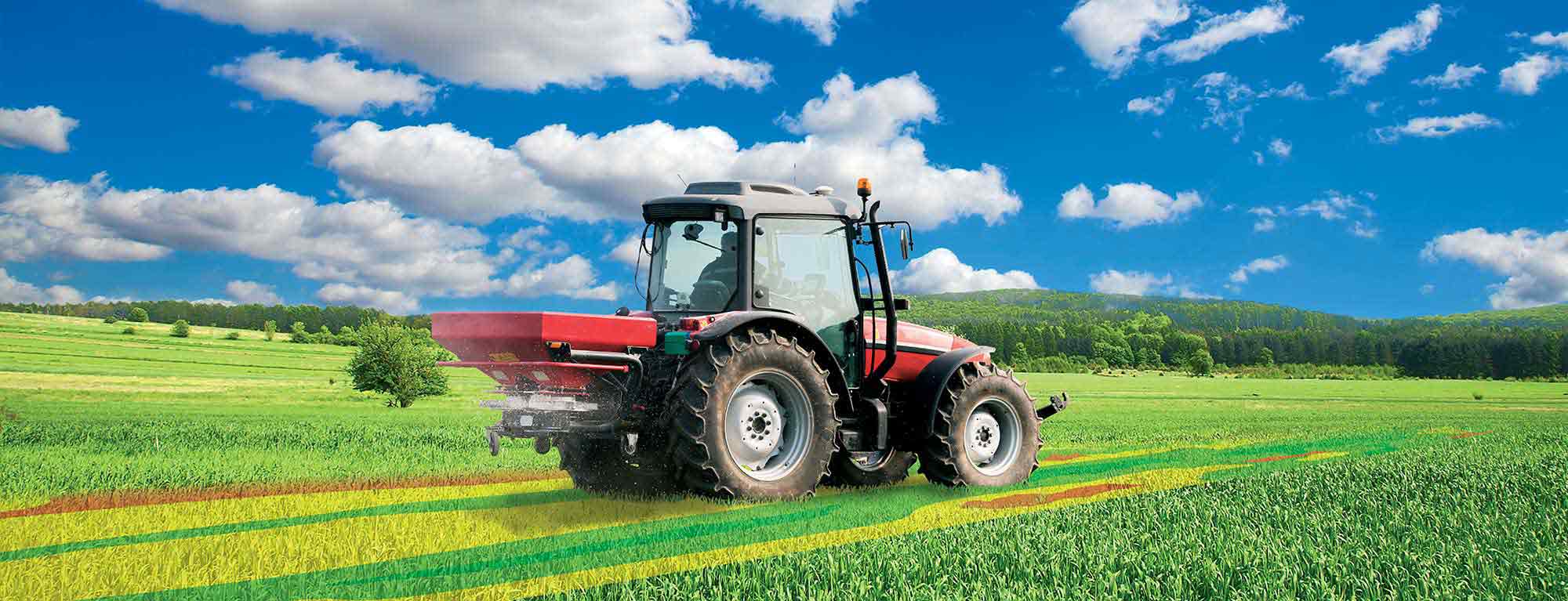



Article by: Hari Yellina (Orchard Tech)
Australia has experienced higher temperatures and lower winter rainfall in recent decades, significantly affecting many crop farmers. The latest Insights report by the Australian Bureau of Agricultural and Resource Economics and Sciences (ABARES) looks at the effects of these recent and possible future changes in climate on Australian farms. Australia’s climate has warmed on average by 1.4°C since 1910, occurring primarily since 1950.
There has also been a decline in winter (April to October) rainfall in southwestern Australia (20% since 1970) and south-eastern Australia (12% since 2000). By applying the latest ABARES farm-predict model, it is estimated that changes in seasonal conditions over the period 2001 to 2020 (relative to 1950 to 2000) have reduced annual average farm profits by 23% per farm. Furthermore, since 2000, the risk of very ‘low farm returns’ (due to climate variability) essentially doubled (relative to the period 1950 to 2000).
Results for 7 major farming regions and industry groupings (cropping farms, beef and sheep) show a wide range of outcomes, with simulated changes in average farm profits under the future RCP4.5 2050 scenario ranging from -31.9% to -2.0%, and for the RCP8.5 scenario ranging from -49.9% to -10.7%.
Cropping farms in Western Australia are more heavily impacted due largely to the more substantial projected declines in winter rainfall and the resulting effects on crop yield. Impacts in the livestock sector become significant under the RCP8.5 due to the larger projected temperature increases.
Simulation results project increases in average Australian prices for major grain crops, including wheat, barley and sorghum, ranging from 3% to 24%. This represents climate change increasing the frequency and severity of drought-induced grain shortages and related price spikes.
Total Factor Productivity (TFP) measures the performance of the industry over time, including gains achieved through the adoption of new technologies. ABARES has developed a method to produce ‘climate-adjusted’ estimates of farm TFP, which estimate productivity under long-run average climate conditions. These estimates show an increase in farm productivity across the broadacre sector of around 28% since 1989, with much larger gains in the cropping sector (68% since 1989). These gains in productivity have offset the negative effects of climate over the last 30 years, such that actual industry productivity levels have still increased or remained stable.